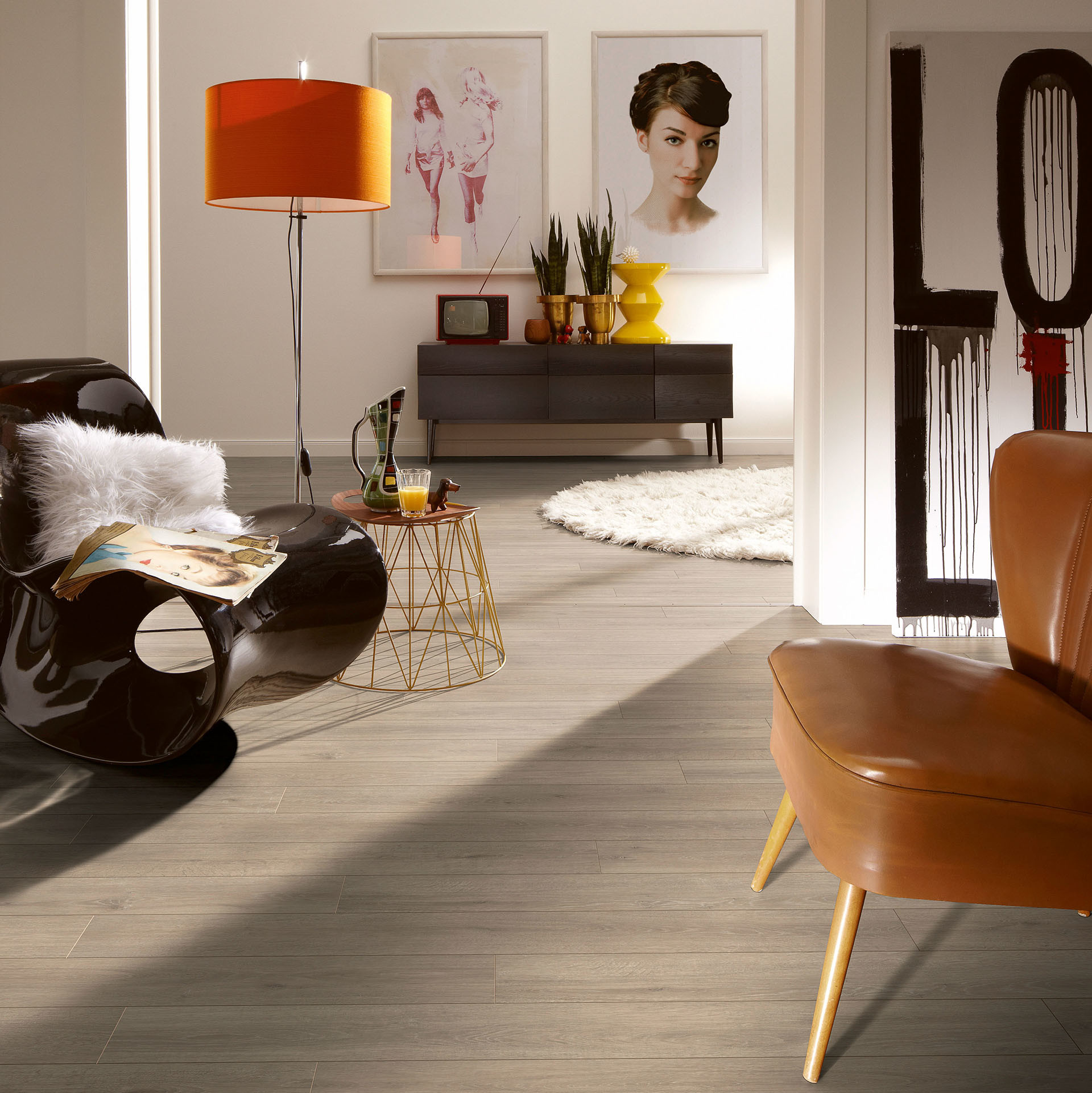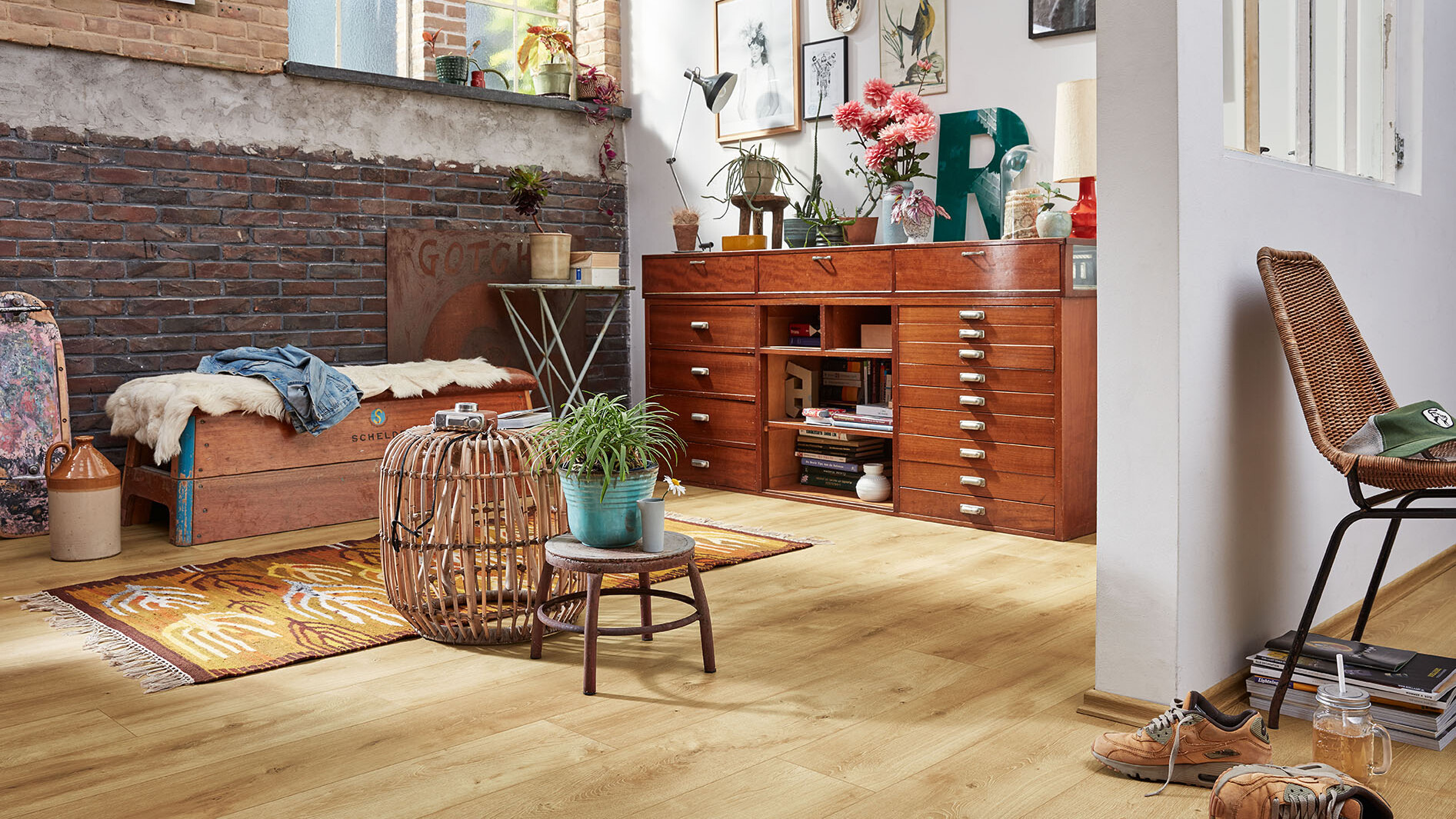
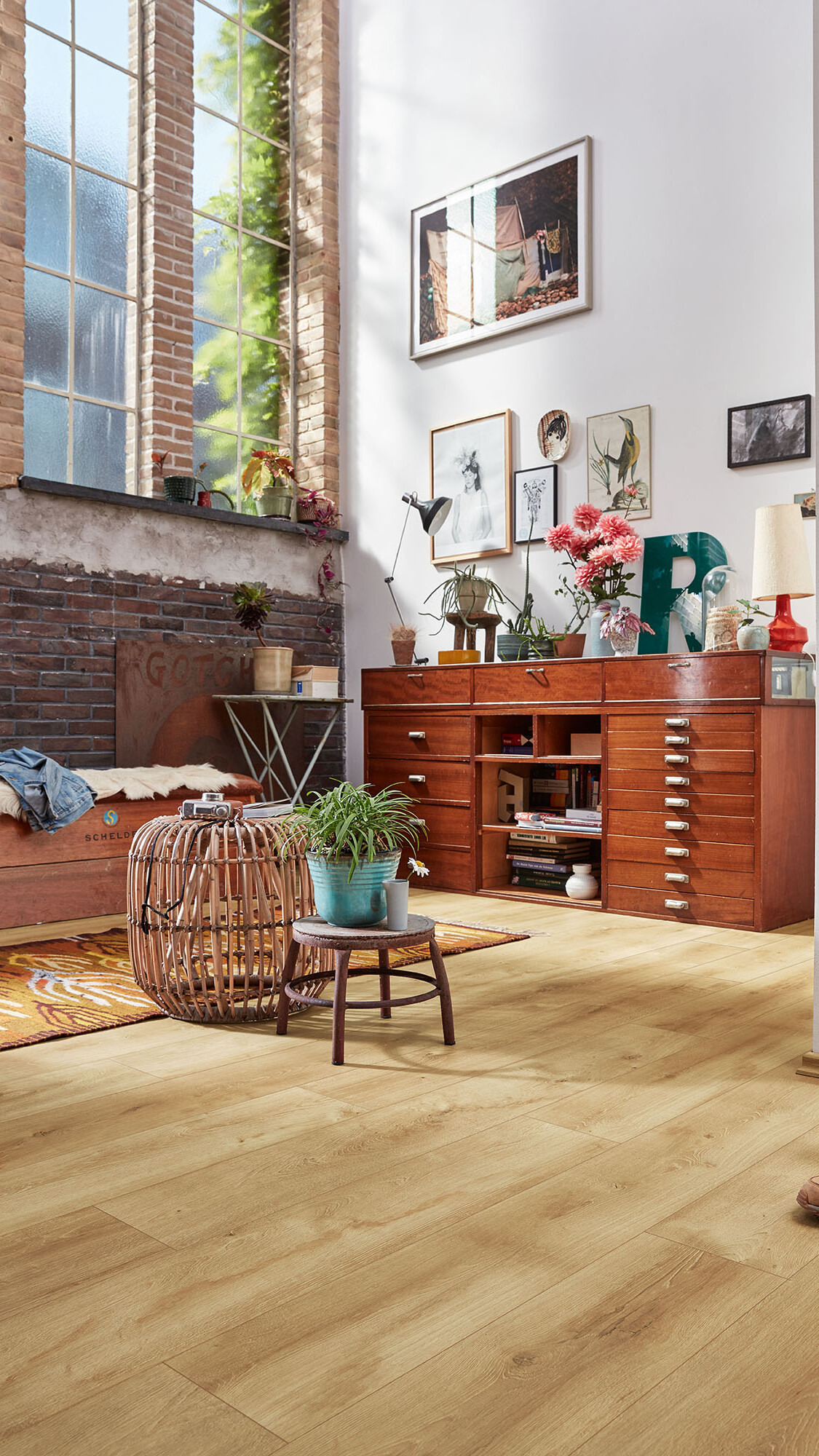

In this age of digitalisation, you’d think that no one would be interested in antiquated furnishing styles. All the same, the seemingly old-fashioned furnishing styles vintage and shabby chic are absolute trends. This seems surprising at first glance, raising the question of where the current enthusiasm for these two “oldies” actually comes from.
When people talk about a vintage style of living, they are referring in the broadest sense to an old-fashioned, nostalgic style of furnishing that is reminiscent of times past. Yet furniture and home accessories are only truly vintage if they actually date from the 1920s to the 1970s, show genuine signs of wear and exude the charm of those decades.
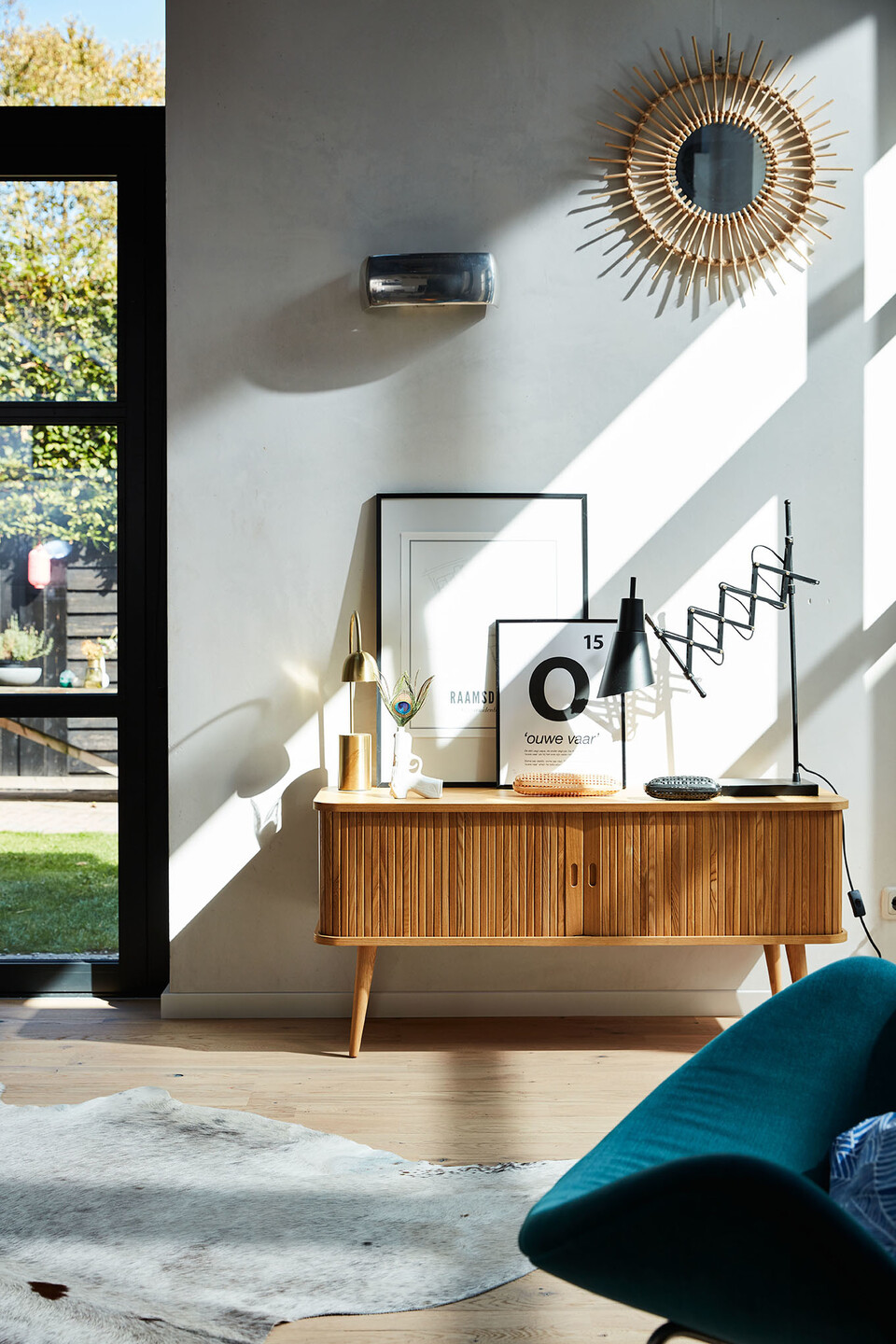
The furnishing styles of vintage, shabby chic and retro are often considered synonymous. This is quite simply because the old look of the furniture tempts us to attribute the origin of all these styles to past times or decades. However, the styles can be distinguished by certain features.
As mentioned above, only furniture from past decades is considered genuine vintage. But recognising original pieces is often difficult. Evidence of the authenticity of classics includes high-quality materials such as solid wood and – if identifiable – hand-crafted production. It's not easy for connoisseurs of the style to find real vintage furniture, because individual pieces are not for sale in just any furniture store. This makes the search for coveted, rare and therefore expensive pieces of furniture difficult and time-consuming. Once found, however, their proud owners often express their appreciation by having the precious objects restored with great care and attention.
Furniture in retro style and shabby chic is available and affordable in almost every furniture store. Unlike real vintage pieces, these pieces of furniture are actually little “swindlers” when it comes to their supposed true age. The new products get their decades-old look and the signs of wear that go with it artificially through the manufacturing process. Or in other words: The furniture is intentionally produced in the “Used-Look" to imitate the charm and look of genuine vintage rarities.
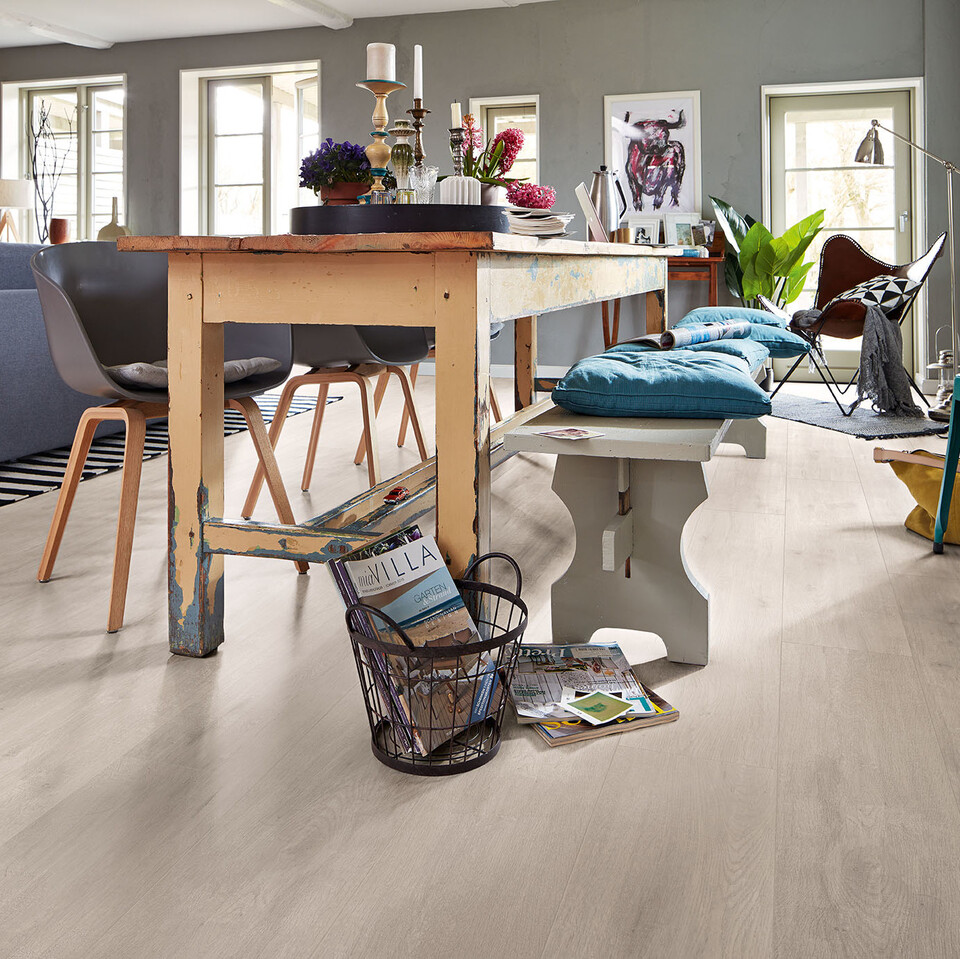
The simple classification of these looks as “old” is not sufficient to describe the appearance of furniture and home accessories in vintage style and shabby chic. This simply doesn't do justice to these popular furnishing styles. After all, they have many different features.
To achieve the overall look of shabby chic, it's not just a matter of selecting individual pieces of furniture that show signs of wear that make them look old. Only when they are combined with new home accessories, homemade items and fine materials such as velvet, silk and satin can the charm and magic of the old days be evoked in your new home. The final touch for the perfect look is achieved with delicate pastel colours, floral patterns and the meticulous use of materials such as old porcelain or mirror glass.
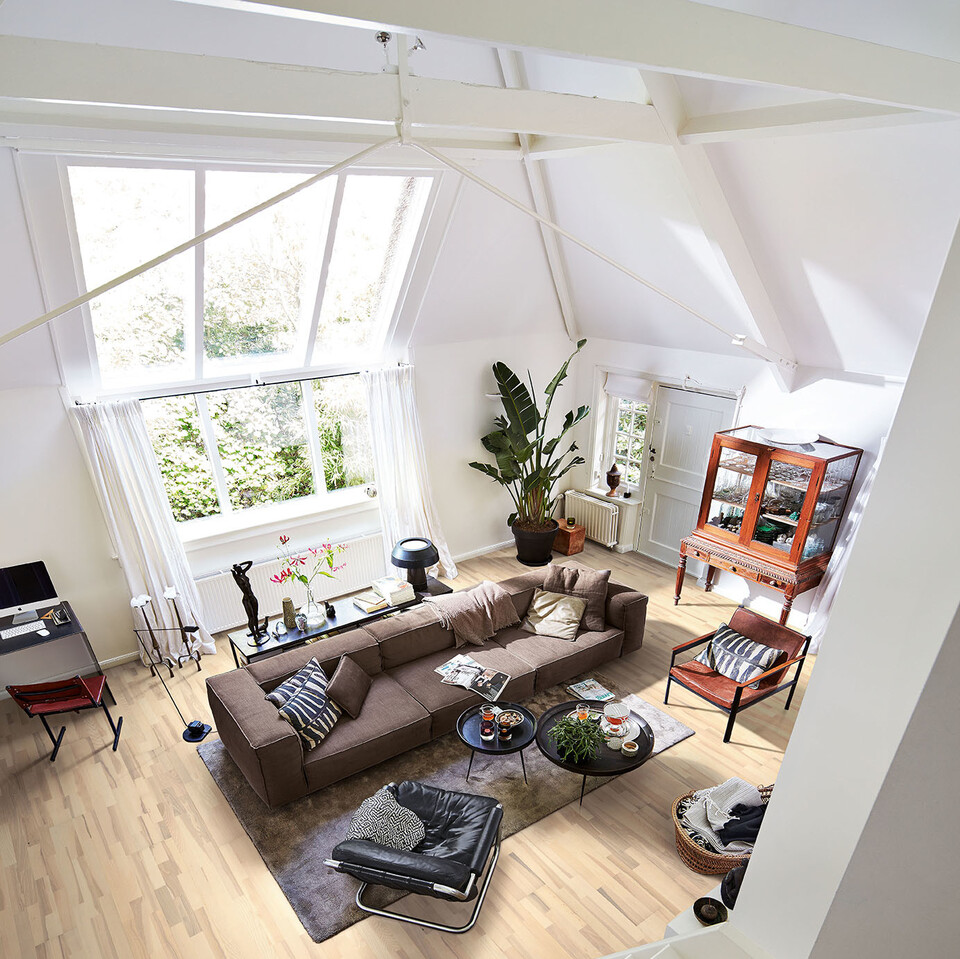
The vintage look captivates the eye with its love of genuine design classics skilfully showcased. True vintage icons include the kidney table and egg chair, which are familiar sights among individualists and design aficionados. The kidney table, which dates from the 50s, owes its name to its asymmetrical shape reminiscent of the human organ. The inspiration for the egg chair, developed by Danish architect and designer Arne Jacobsen, is also its formal design.
In contrast to the deliberately worn look of furniture in shabby chic, lovers of vintage furniture attach great importance to the fact that their pieces neither look worn out nor bear excessive signs of wear. The exceptions to this are a handful of furnishings, where more scratches and a patina are actually desired, provided that this doesn’t detract from the aesthetics.
The furnishing style can be consistently applied throughout the entire room, giving the impression of a unified whole. Vintage pieces are often combined in an individual way with other popular styles such as the industrial style or Bauhaus look. This is because the interplay between old and new home accessories creates a particularly exciting ambience.

It's a well-known fact that tastes differ, making the choice of floors for the perfect presentation of charming furniture almost limitless. Those who want to put your vintage pieces in the focus of the overall ambience, for example, may want to consider clean floors in a concrete or stone look. These form an intriguing contrast to the furniture, creating an interplay between nostalgia and the detached modernist look. On the other hand, if you want to dress your furnishing style completely in the garb of the “old” world, design flooring in the Used-Look will be just the thing. Thanks to their artificial sign of wear, they blend harmoniously into the overall impression of shabby chic, giving you the feeling of having been catapulted into another time and of standing in the midst of rooms steeped in history.
It's remarkable to see the growing interest in seemingly old-fashioned furnishing styles in the present era of information technology and digitalisation. But why is this?
One of the characteristics of the 21st century is its extremely fast pace. Research and development are making such huge leaps that, for example, the technology of the smartphone we buy today may seem outdated tomorrow. Emails and WhatsApp messages whiz around the globe virtually at the speed of light, reaching us every second so we can hardly keep up with the answers. Somehow it seems as if time, once our constant companion, is now passing us by. In this situation, many are seeking to decelerate our everyday lives so they can calm down and savour the moment. They’re almost longing for times past.
With this in mind, perhaps people today aren't bringing back the look of yesteryear in their homes just because they like the design. It seems equally plausible that they might also want to revive the relaxed attitude to life of past decades through their furnishing style as a way to escape the hectic pace of the present. It's almost as if those old articles of furniture transported design enthusiasts back in time – say, back to the 1920s, where they can listen to the sounds of jazz music in a matching ambience.
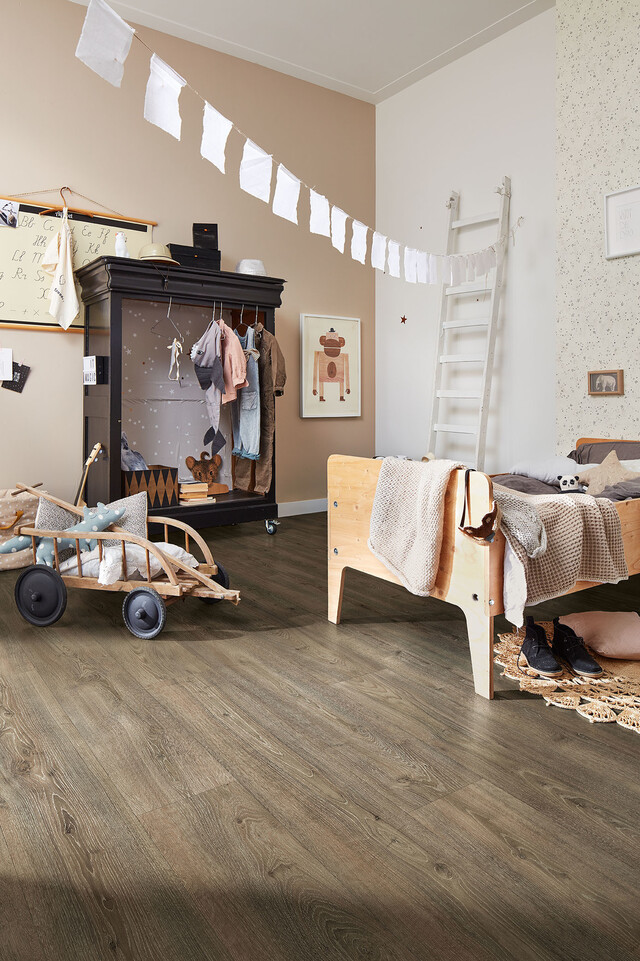
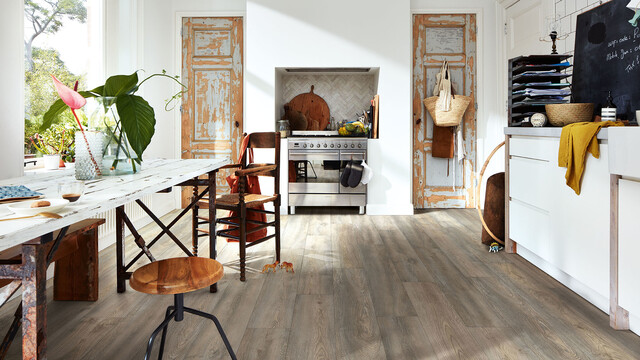
Besides this aspect, there’s another reason why vintage pieces and shabby chic are enjoying so much popularity. All those scratches, signs of wear and the patina testify to the wealth of experience the furniture has had over the years – despite the fact that shabby chic is only pretending. These “wounds” are thus, in the truest sense of the word, witnesses of the times, bound up with stories and special people from decades past. Old heirlooms, for example, often conjure up memories of family members and provoke an emotional response. Beautiful moments come back to mind when looking at the old pieces of furniture – and people always like to recall old stories.
